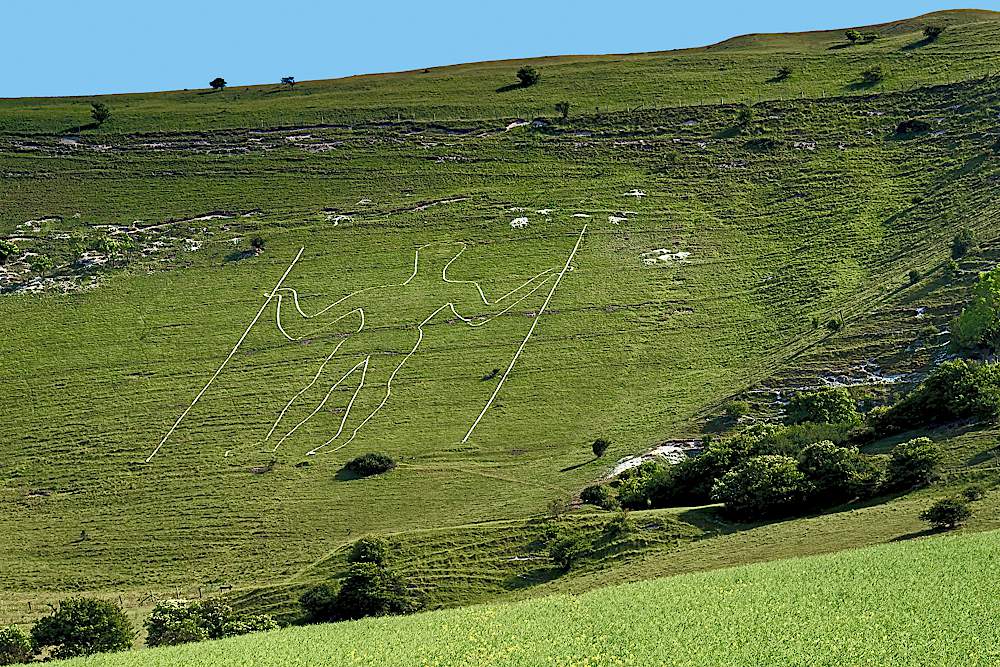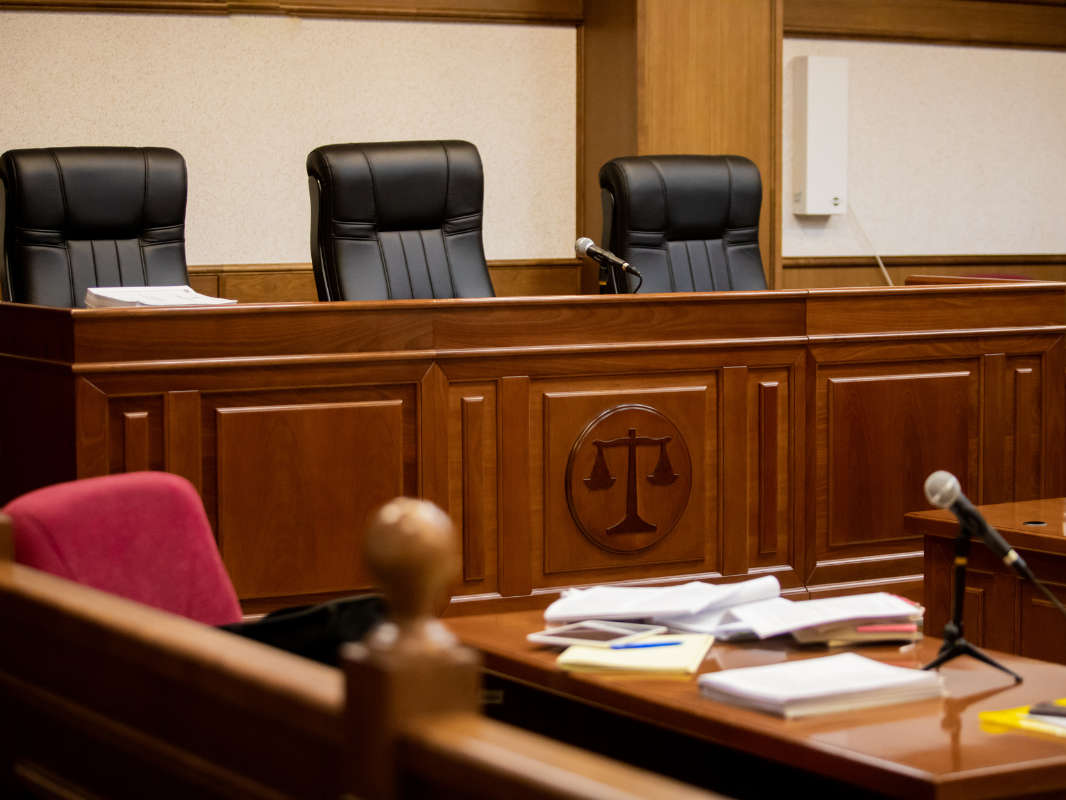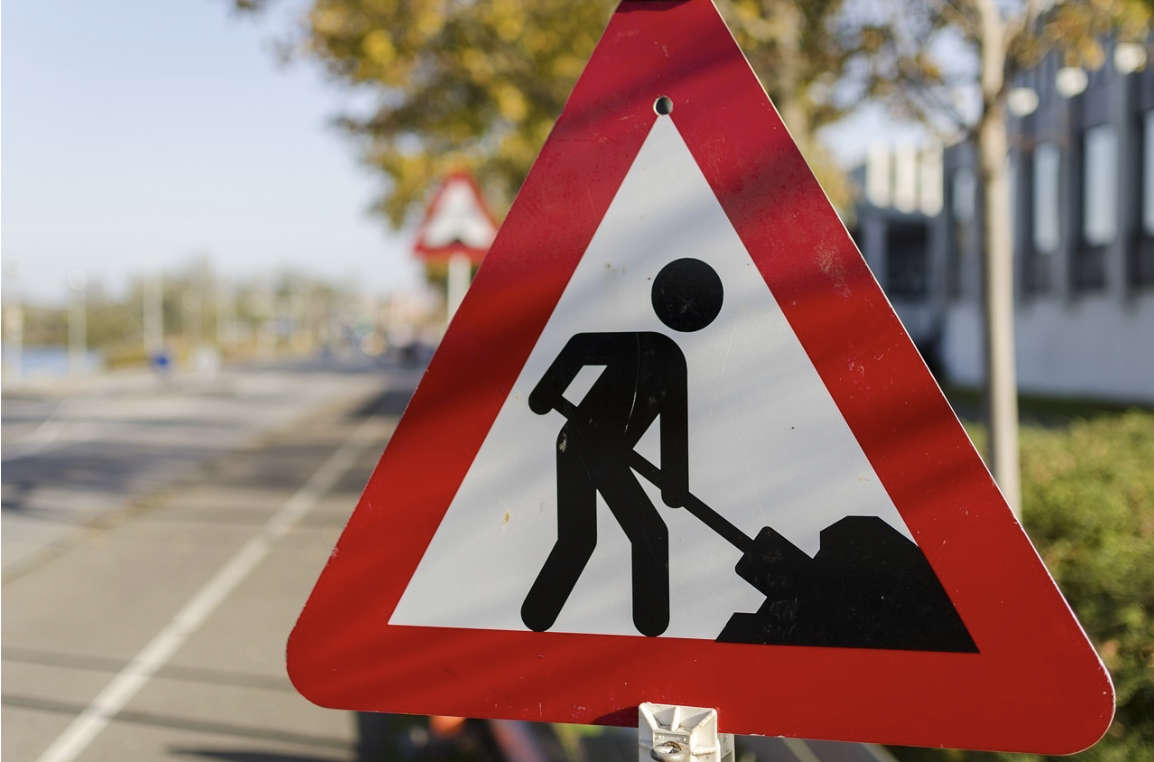
Criminals have vandalised The Long Man of Wilmington.
Police said they've begun an investigation into the damage to the ancient South Downs hill carving, after its discovery on Tuesday (January 26).
It was found to have had a mask painted across its face.
The Long Man of Wilmington, Sussex has inherited a rather slender mask.
— Jeremy_Christey FRSA (@Jeremy_Christey) January 27, 2021
Good man.
To be safe, he probably needs to pull it down a touch tbh...@trishgreenhalgh pic.twitter.com/xf9FsNpW9I
The historic carving into the hillside, now made clearer by being marked-out in concrete blocks, is west of Polegate and above the village of Wilmington.
The figure, easily viewed from the A27 to its north, is a protected archaeological site owned by the Sussex Archaeological Society.
Sergeant Tom Carter of the Sussex Police Rural Crime Team said:
“Whilst this damage may have been perpetrated for humour or some other reason, the actions that have been taken are unacceptable.
"The Long Man of Wilmington is protected by law as a Scheduled Ancient Monument for its historical significance; on top of this the figure is well known and enjoyed by the local community and this criminal damage is an affront to those who work to maintain this heritage asset for the enjoyment of all.
"I would encourage anyone who has knowledge of the perpetrator of this crime to come forward.”
Mark Harrison of Historic England added:
“Historic England is working closely with Sussex Police Rural Crime Team to identify the offenders who have caused damage to this protected archaeological site.
"We will also be liaising with the owners in order to provide advice and guidance to restore the Long Man of Wilmington.”
Police appealed to anyone who witnessed activity on the hillside or who has information to report online or call 101 quoting serial 687 of 27/01.
According to the Sussex Archaeological Society, the age and origin of The Long Man of Wilmington are unclear.
Illustrations exist as far back as 1710, but legends include its carving-out in prehistoric times, or as the work of an artistic monk at nearby Wilmington Priory (today, a property available for holiday rental, post pandemic.)
Roman coins bearing a similar figure suggest the artwork may have existed in the 4th century AD and there are parallels with a helmeted figure found on Anglo-Saxon ornaments.
This is not the first time the figure has been damaged by vandals: an anti-fracking message, and family-unfriendly anatomical additions have also been seen in recent years.

 Event Bookings Go Live For Worthing Festival ‘24
Event Bookings Go Live For Worthing Festival ‘24
 Man Charged After Throwing Brick Through Brighton Restaurant Window
Man Charged After Throwing Brick Through Brighton Restaurant Window
 Peacehaven Man Disqualified Over High-Speed A27 Pursuit Near Brighton
Peacehaven Man Disqualified Over High-Speed A27 Pursuit Near Brighton
 Appeal After PCSO Assaulted In Uckfield
Appeal After PCSO Assaulted In Uckfield
 Man Charged With Rape Of Teenage Girl In Newhaven
Man Charged With Rape Of Teenage Girl In Newhaven
 Overnight Closures For A22 Forest Row Road Improvements
Overnight Closures For A22 Forest Row Road Improvements
 Brighton Defence Manufacturer's Controversial Planning Application Likely To Be Heard
Brighton Defence Manufacturer's Controversial Planning Application Likely To Be Heard
 Over £2.4m Approved For Worthing School Support Centre
Over £2.4m Approved For Worthing School Support Centre
 Section Of M25 To Close Again Tonight - As Drivers Warned Not To Get Complacent
Section Of M25 To Close Again Tonight - As Drivers Warned Not To Get Complacent
 Plans For 800 New Horsham Homes Refused
Plans For 800 New Horsham Homes Refused